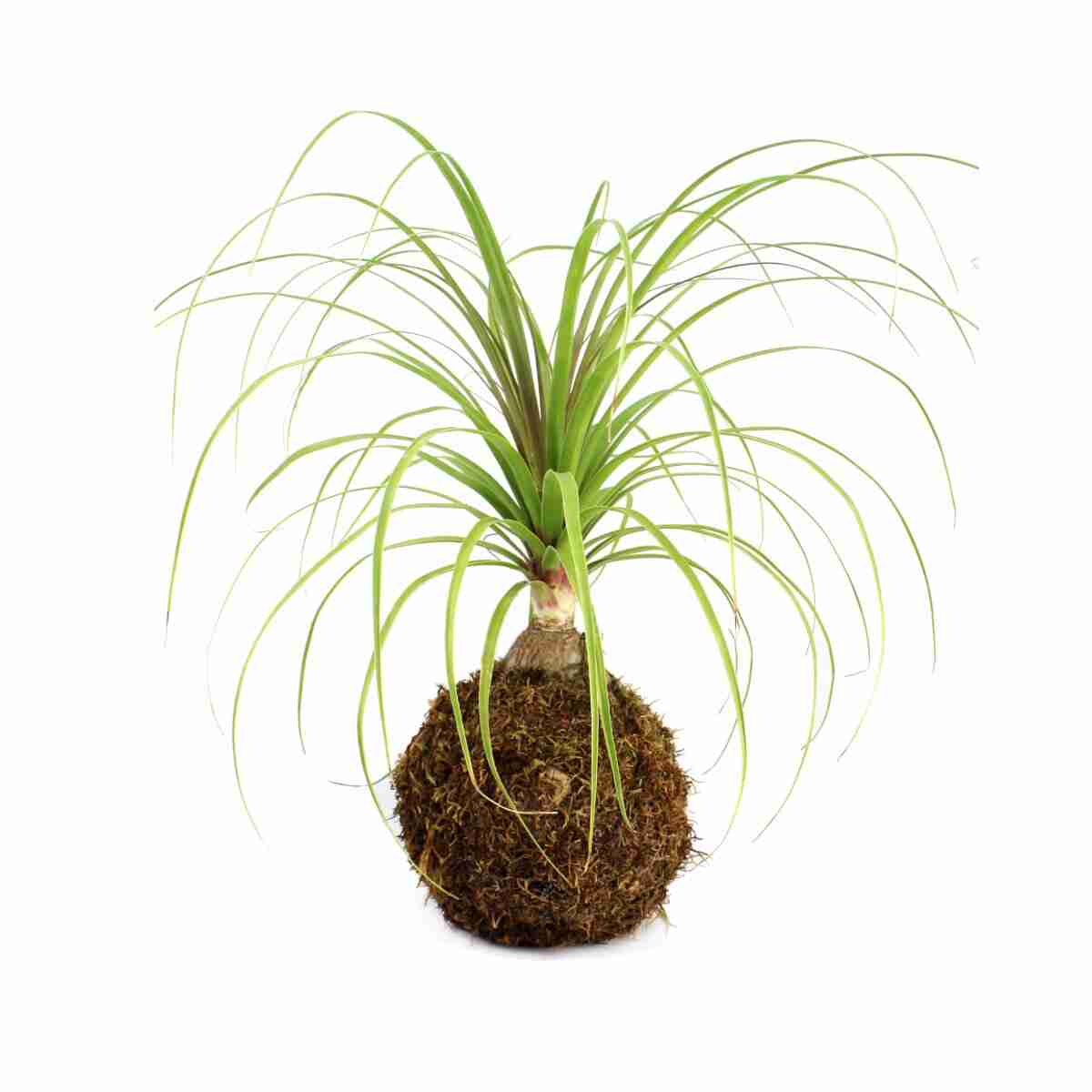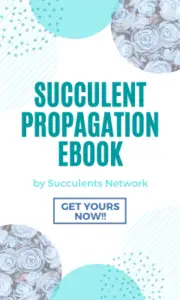
When it comes down to being a plant owner, you want to pick an easy plant to handle, that is why succulents are a good choice. Finding the best indoor succulents means finding the easiest type to take care of. A succulent that requires minimal attention compared to all the other plants you might have around your house or work.
Even though succulents are an easy to handle, low-maintenance plant, they bring the much-needed color to your home. When it comes to the best indoor succulents, that is perfect for you, some of them require more work than others. Some are sensitive to cold weather other to warm weather, while some want a lot of
It is worth noting that some succulents are toxic to animals, even if they look beautiful and thrive well at home, they might not be suitable for animal owners. Thankfully, some succulents are not dangerous and can sit in your window ledge without being any threat to you or your animals. When it comes to your indoor succulents water schedules, it depends on each pant and the positioning in your home.

1. ‘Burro’s Tail (Sedum morganianum )
If you like small succulents, then the Burro’s Tail (also known as Sedum Morganianum) might be perfect for you. Although the plant is not what you would imagine when you think of succulents, the Burro’s Tail gets better with each year. Growing more substantial, and finally hanging out of your pot making it one of the most Instagrammable succulents out there.
If you haven’t owned any succulents yet, learn How to Plant Succulents with one click.
Although the Burro’s Tail might be one of the best indoor succulents, it needs temperature that stays around 21° C (70° F). When taking care of the plant, be sure to give it at least four hours of sun each day so that it will thrive. According to the American Society for the Prevention of Cruelty to Animals (known as ASPCA) the Sedum Morganianum (Burro’s Tail) is not harmful to pets.

Haworthia
Haworthia is one of the more robust plants out there, in the best of ways. The Haworthias is a plant that can survive almost everything, it can handle being neglected for some time (while you are on your vacation, for example). That means if you are a prowed owner of the Haworthia plant, you don’t need your friends to come over and water it while you’re away. Here in How to Water Succulents article, I have provided a detailed guide about watering. It is best to place the plant in direct sunlight and can handle average temperatures with easy.
While it stands only three to four inches tall, the plant can be placed almost anywhere in your house, and you don’t need to report it. Although some Aloe Vera plants can be poisonous to both animals and people if ingested. The Haworthia is considered as one of the best indoor succulents, and safest.

Photo by pinterest
Copper Spoons (Kalanchoe orgyalis )
The Copper Spoons is a tall succulent; it gives the feeling of being a tree-like plant; it has a velvety feel to its copper leaves. Kalanchoe

Echeveria
The Echeveria is a plant that suits younger plant cares specifically well; it should be placed in a bright but filtered light. That type of light might be the natural sunlight coming from your window, as the window filters the light. It is vital to keep the plant always around the same spot, “dramatic changes” in plants environment will stress the plan out.
When the plant is stressed, it can be damaged or even die. Unlike many other succulents, the Echeveria does not need fertilizer, and if you follow our water guide, it will live a prolonged, stress-free life.

Photi by plantify
Ponytail Palm (Beaucarnea recurvata
Always wanted to own a palm tree, but living in the wrong climate is keeping you from that dream. The Beaucarnea
Air Plant
Air Plant, this plant is best for people who don’t like cleaning up dirt that collects all around your house. The Air Plant can grow even without soil! This succulent can grow without soil; it does attach it to other plants (not as a parasite). Being both bright and best placed in indirect light, able to handle different temperatures; it lives like we do, above and below 32°C (90° F).
When you water the Air Plant, it is watered slightly differently than other succulents. Being one of the best indoor succulents, it is one of the few that require you to water it with a spray bottle, once or twice a week. While that does depends on where you live and how humid or dry it gets. If you want to treat your plant well Water like we suggest in our Watering Guide.
Jade Plant
The jade plant (Crassula
The plant should be fertilized three times during summer, using 10-10-10 fertilizer. It is best to plant the Jade Plant in a terra-cotta so the air can flow through the soil quickly and keep the plant balanced. Thankfully, it is not needed to report the plant too often.



